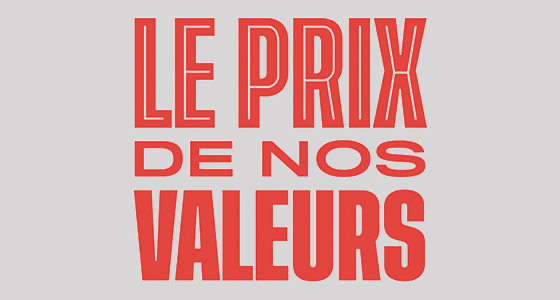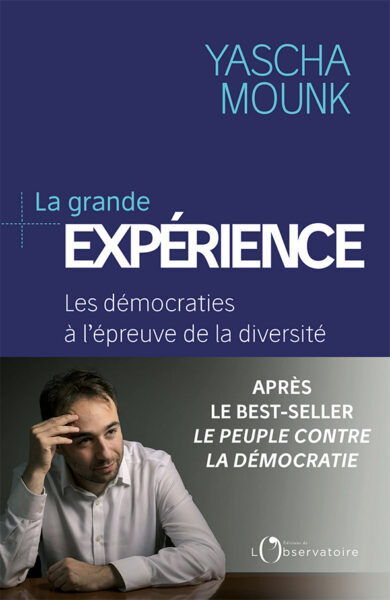The European Values Study is one of the rare surveys to devote so much space to the religious dimension and to allow us to observe developments in nine countries of Western Europe (Belgium, Denmark, France, Germany, Great Britain, Ireland, Italy, the Netherlands and Spain) over three decades, from 1981 to 2008. In this article Pierre Bréchon draws the main lessons from that study so far as religious practices and beliefs in Western Europe are concerned. He shows, for example, how the various dimensions of religiosity have changed over time in these countries: how institutional attachment to a religious universe has fallen appreciably in Western Europe (with two countries –Italy and Ireland– resisting secularization); how individual religious practice (prayer and meditation) is also in decline; how the image of the Churches is generally worsening, though the demand for specific ceremonies has been maintained (marriages, burials etc.). There generally is a lesser intensity of religious feelings, less belief in a god, while belief in life after death, heaven, hell and sin has changed, as well as belief in reincarnation and good luck charms. Pierre Bréchon goes on to stress the high level of consistency in religious attitudes (between faiths, cultural practices etc.) and studies the evolution of the level of religiosity (declining in Western Europe, but with variations between different countries) and the possible correlations with the sex, age, educational level etc. of the persons surveyed. Lastly, after an analysis of the observed dissonances in religiosity and the remodellings of religious belief, Pierre Bréchon shows the extent to which the impact of religious socialization remains determinant. He also offers an analysis of levels of religiosity by age-group, from which it emerges that, where religion is concerned, the generational effect is the most crucial, the general trend being towards a gradual decline in religiosity over the generations.
Religiosity in Western Europe: Developments over the Last 30 Years
Cet article fait partie de la revue Futuribles n° 395, juil.-août 2013


